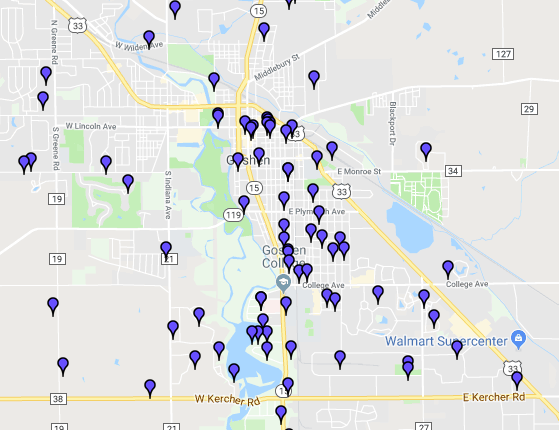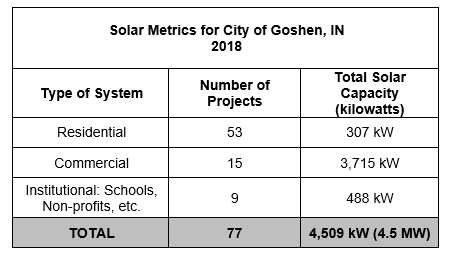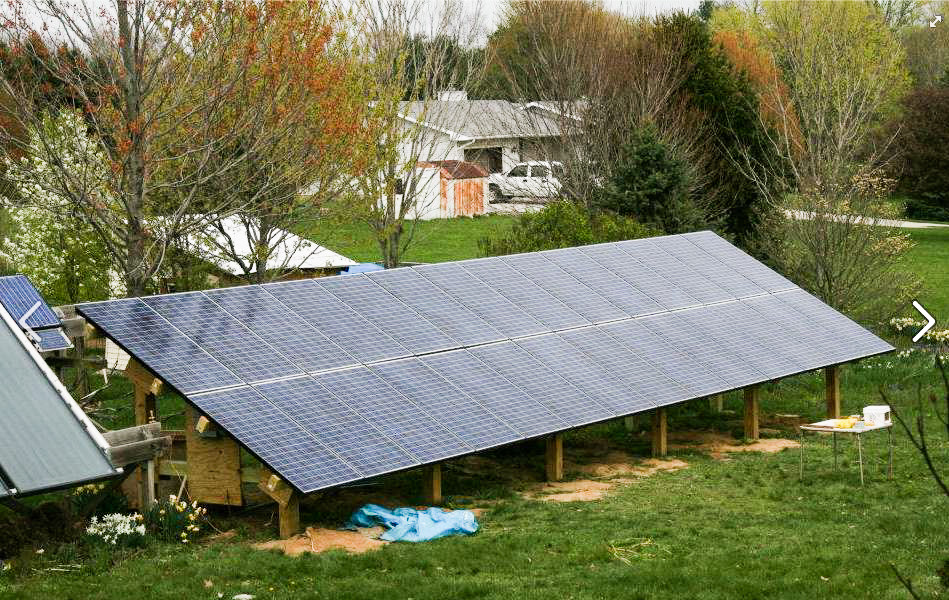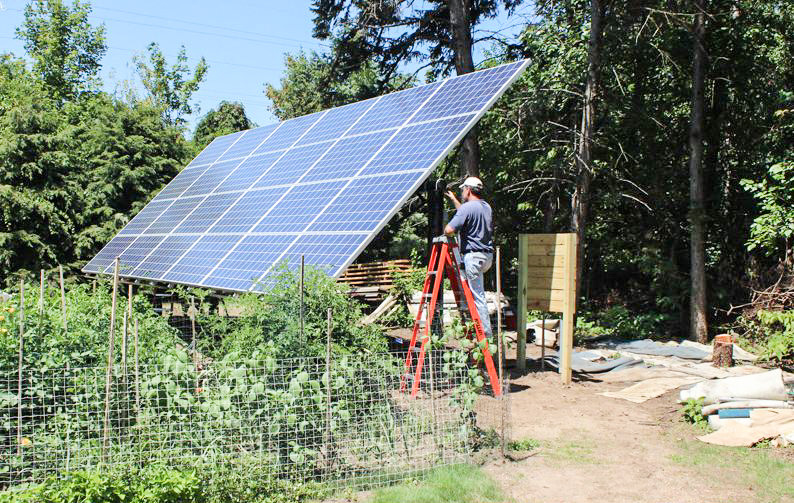- Report an issue
- Frequently Asked
- Developer Resources
- Parks & Recreation
- Bidding opportunities
- Police department
- Job Opportunities
- Gallery
- Pay city fees
- City notes
- Contact
Select a Section
- Trash and Recycling
- Flood Zone
- Going Solar in Goshen
- Good of Goshen
- Environmental Center
- Neighborhood Associations
- City Parks & Recreation
- Goshen Community Schools
- Goshen Public Library
- MapleCityNow
- Resource Book
- Homelessness
- GRID Card
- BMV - Goshen
- Greencroft Communities
- Bank Location Information
- County Parks & Recreation
- US Postal Service
News & Updates All »
U.S. Environmental Protection Agency to Conduct Community Interviews
Wednesday, April 17, 2024
The City of Goshen strives to take the best care for residents and to ensure our drinking water meets all U.S. Environmental Protection Agency (EPA) and Indiana Department of Environmental Management (IDEM) safety requirements. As part of this process, the EPA will conduct community interviews in Goshen... more
2024 Spring brush pick-up begins April 22
Monday, April 15, 2024
The City of Goshen Street Department will begin the Spring brush pick-up on Monday, April 22, and will run until Friday, May 3, 2024. Please have any yard brush and leaves out before the start date to ensure pick-up. Leaf and brush piles placed in alleyways will not be picked up. Because of the large... more
Beautify Goshen Week 2024
Tuesday, April 9, 2024
In conjunction with the Goshen Chamber of Commerce’s “Beautify Goshen” Week, the Goshen Street Department will offer additional disposal services from Saturday, April 27, to Saturday, May 4, to assist city residents in their “Beautify Goshen” tasks. This free service is only available during this... more
Upcoming Events All »
RESCHEDULE: Board of Aviation Commissioners
Monday, April 22, 2024, 2:00pm
City Council
Monday, April 22, 2024, 6:00pm
To view a live stream of this meeting, go to https://us02web.zoom.us/j/81652777559 or call +1 305 224 1968, Webinar ID: 816 5277 7559. Comments are no longer taken online. https://us02web.zoom.us/j/81652777559
Shade Tree Board
Monday, April 22, 2024, 7:00pm
This meeting is in-person only.
Going Solar in Goshen
Solar Energy Resources
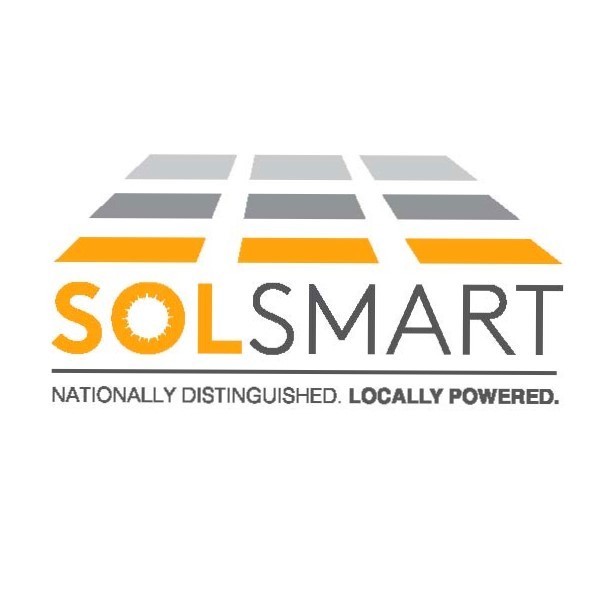 The City of Goshen is working to make it easier, faster and cheaper for residents, businesses and others to go solar through the SolSmart program, funded by the Department of Energy Solar Energy Technologies Office.
The City of Goshen is working to make it easier, faster and cheaper for residents, businesses and others to go solar through the SolSmart program, funded by the Department of Energy Solar Energy Technologies Office.
Solar Statement - Mayor Stutsman
"As Mayor of Goshen, I strongly support the use of solar and other forms of renewable energy in our community. To assist us in becoming more solar-friendly, I am pleased to announce the City of Goshen's participation in the SolSmart designation process." Read the entire Solar Statement here.
Who Installs Solar?
The City of Goshen does not endorse or represent specific products or companies but are working to make it easier for residents to find solar contractors actively working in the area. To view the Solar Energy Contractor List, click here.
How Do I Know I'm Getting a Fair Quote?
Review the consumer protection resources to make sure you understand any quote or contract you are provided. These resources provide important questions to ask and describe the pros and cons of different ownership models.
Residential Consumer Guide, SEIA
How Do I Apply for a Solar Permit?
Solar PV systems require approval from the City of Goshen Planning and Zoning Department and a permit from the Building Department. See the flow chart below to understand the process. If your system will be grid-tied, be sure to contact the electric utility, NIPSCO, before beginning the process with the City.
Solar PV Permit Process - Residential
General Permit Process - Commercial
What Information Is Required to Apply for a Permit?
The Building Department has revised the permitting process to improve communication and distinguish between systems requiring simplified or standard review. See the Solar Photovoltaic (PV) Permit Application Guidelines document to determine which information must be provided to the City for your system to receive a permit.
Solar PV Permit Application Guidelines
How Much Does a Solar Permit Cost?
For the latest version of the Permit Fee Schedule, visit the Building Department website here. To understand the fees that may be applicable to solar PV, view the memo here.
What are the Zoning Code Requirements for Solar?
The zoning code was amended in 2017 to update the specific section on solar energy in Article V. Supplemental Regulations, Section 5135. Review the applicable Zoning District Regulations, Article IV Establishment of Zoning Districts, especially if you want to install a ground-mounted solar system or build a new accessory structure for your system, such as a garage or pergola.
How do I Pass the Inspection from the Building Department?
Review the inspection checklist to understand the requirements that a rooftop solar PV system must comply with to pass the inspection from the Building Department.
How do I Receive Approval to Interconnect the System with the Grid?
Before a solar PV system can be connected to the utility grid, you must submit an Interconnection Application and NIPSCO must approve the project. For details, visit the NIPSCO Renewable Energy Projects webpage. It is recommended that you contact NIPSCO before designing your system and prior to submitting plans to the Building Department to determine if the system meets all criteria and technical requirements to be interconnected.
What Rights Do I Have as a Consumer?
Recent state policy changes affecting distributed generation, including solar, included a section on customer rights. In addition, Indiana Code previously established the right to access solar energy and permits private entities to enter into a solar easement voluntarily to protect access to sunlight for a solar energy system in the future.
Senate Enrolled Act 309 (SEA 309)/Public Law 264
References to Solar in the Indiana Code
____________________________________________________________
Frequently Asked Questions
How Much Electricity Do Homes Typically Use?
Electricity consumption varies significantly between households, depending for example on the size of the home, how the home is heated, how much you use an air conditioner, whether light bulbs have been switched to LEDs, if the attic space is well-insulated, etc.
In 2015 in Indiana, the average electricity consumption was 964 kWh monthly; 11,568 kWh annually. In contrast, the average in Michigan was 649 kWh monthly. See full U.S. Energy Information Administration report here. A 9.3 kW system produces about the same amount of electricity that the average home in Indiana consumes in a year.
How Much Electricity Does a Solar PV System Produce in a Year?
The National Renewable Energy Laboratory tool called PVWatts Calculator is useful for estimating annual electricity production. In Goshen, the average system size is about 6.0 kW, which would produce about 7,400 kWh per year.
How Do I Determine the Solar System Size for My Home or Business?
Review your electricity bills from the last 12-24 months to determine how much electricity (in kWh) you actually use. You may want to roughly estimate the cost of different sized systems that would generate 25%, 50%, 75%, or up to 100% of your annual kWh usage. Many people arrive at this decision by looking at how much roof or ground space is available, their budget, and the degree to which energy efficiency improvements could cost-effectively reduce total electricity consumption.
What Factors Impact the Financial Return on the System?
Many people look at the payback period - the time it takes to recoup the initial cost as the electricity generated by the solar system offsets the cost of purchasing electricity from the utility. Typical payback periods range between 10-15 years. Keep in mind that financial benefits continue to accumulate for the entire life of the system. Panels often have warranties of 20-25 years which guarantee the system will maintain 80% of the initial production at the end of that time frame. If the system "breaks even" at 12 years, that's at least 8-13 years of 'free' electricity.
The payback depends on the grants and tax credits that affect the initial cost and electricity rates for a given home or business. Estimating the payback period requires assumptions about how much electricity prices will rise in the future, the rate at which the excess electricity sent back to the grid is credited to the system owner, the rate at which production from the panels degrades, among other factors.
I Want to Understand Electricity Production and Solar PV System Sizes but I Don't Understand the Difference Between KW and kWh.
The system size, or "capacity" of a solar PV system is stated in terms of kilowatts, or KW. This is a measure of power or the instantaneous rate of energy generation, analogous to miles per hour. Kilowatts (KW) are often confused with kilowatt-hours (kWh) which are a measure of total energy consumed, analogous to total miles traveled. One kWh is produced when a system produces electricity at a rate of one kW sustained for one hour.
How Much Space Would a Solar PV System Need?
A 6 kW system might be composed of approximately 24-26 panels taking up about 400 - 500 sq. ft. A typical panel is about 17.5 sq feet. Individual solar panels range between 230 W to 275 W. Keep in mind that a solar installer would assist with the design and sizing of your system.
Go Solar Program
New in 2021: Goshen has partnered with Solar United Neighbors on the Northern Indiana Solar Co-op. For a summary of past initiatives, visit the solarize Northern Indiana website. For more information, visit the MACOG Solar Energy page.
The number of solar systems in the area has increased rapidly over the decade. The map below shows solar photovoltaic (PV) systems near Goshen as of 2020. Visit the SIREN Solar Indiana map and filter by year to see how solar has grown!
Solar by the Numbers
In 2020, there were about 100 solar installations in the City of Goshen. Compared to Goshen's population, there were over 156 Watts installed per person by 2020 which would rank within the Top 10 leading solar cities, from the annual Shining Cities report on major US cities. Solar supports local jobs. To view the growth in solar jobs, see the latest National Solar Jobs Census. In 2018, there were 3,114 solar jobs in Indiana.
© 2024 City of Goshen, All rights reserved.
Website by Digital Hill Multimedia, Inc.

